How's this for rare spots? This red gem is quite possibly the only Ford EXP (much less the only pre-1986, frog-eyed version) that I've seen in fifteen years.
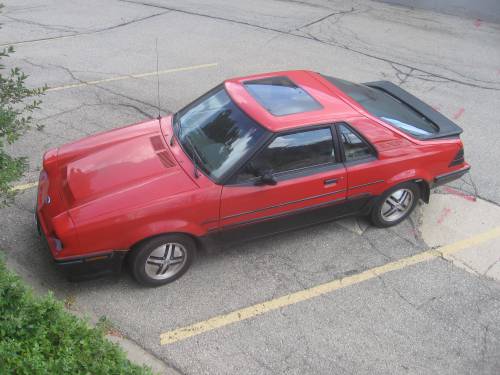
What fabled tale lies behind this automobile? It's impossible to discuss the EXP without also discussing the basis for its existence: The humble North American Ford Escort.

The front-drive 1981 Escort was penned up in the late 1970s as a ballyhooed "world car" that was supposedly good enough to win everyone the whole world over. But though they started off on the same drawing board, the American and European designs had diverged by the time the actual cars were built and had very few interchangeable parts. The American Escorts were nasty little beasts; with underpowered interference engines that would stall and granade, cheaply-trimmed interiors, and suspensions that offered a hairy ride. Everyone bought them in the 1980s, and discarded them with extreme prejudice in the 1990s. The early ones have turned into unicorns of the road: The only place you can count on seeing a 1981 Escort these days is in the Henry Ford Museum.
The prevailing mood was still optimistic in 1981, though. Much like the Falcon begat the Mustang two decades earlier, the Escort was destined to beget a sporty "line extension" of its own.

When the two-seater EXP debuted as an early 1982 model, it offered sleek looks and good fuel economy. Unfortunately, everything else about the car—engine, suspension, hard points, even dashboard—was shared with the Escort...and anyone looking for performance or refinement was left sorely disappointed. Still people bought the cars, and bought the EXP slowly but steadily enough to ensure a sales life for seven years. (That didn't keep them from being discarded with extreme prejudice once the 1990s rolled around, but oh well...)
Over those seven years, the cars experienced steady changes. The earliest cars had a small rear window and angular dashboard, and were also available as an “LN7” derivative sold through Lincoln-Mercury dealers. In 1984 the EXP inherited the "bubbleback" hatch and taillights from the departed LN7, and inherited a redesigned dashboard from the Escort. This was followed by a facelift with the Escort's front-end sheetmetal in 1986, dispensing with the frog-eyed look of earlier cars. A "1988½" model appeared by the very end, though I'm unclear what changes that entailed.
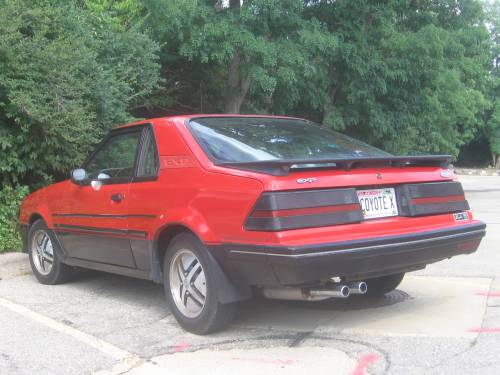
This particular EXP is a 1985 model, and is in startlingly clean and original condition. Well, almost original: The rub strips on the doors have a non-factory appearance and a post-1985 third brakelight is nestled under the spoiler; though it's possible that both were added to the car when new as dealer options. I also thought the "EXP" lettering on the sail panels wasn't added until the 1986 model year, but who knows...it could have been 1985. Or this car could simply be a motley potpourri of parts. Who knows? It isn't as though there's any other EXP left on the road I can compare it with.
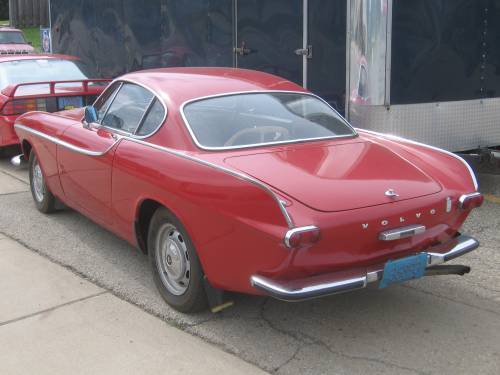
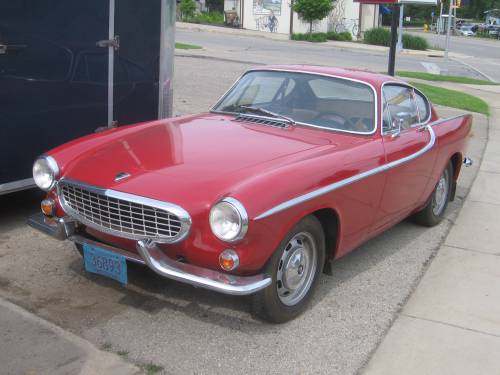
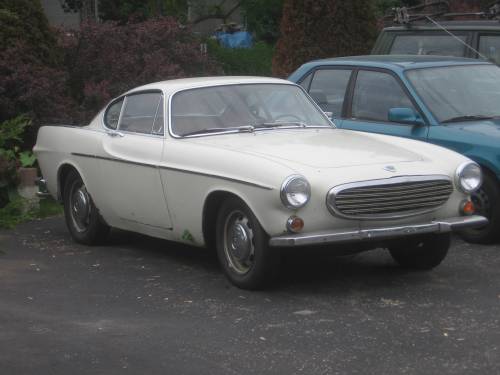

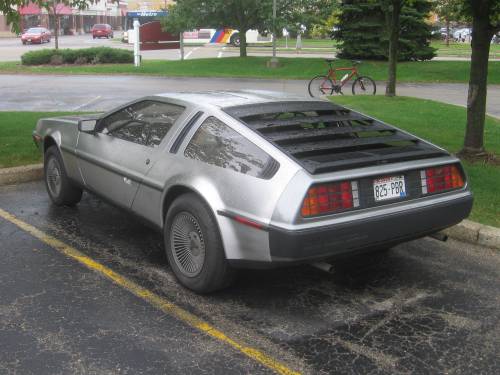


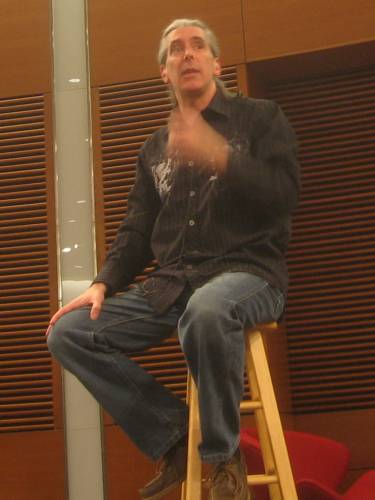
Recent Comments